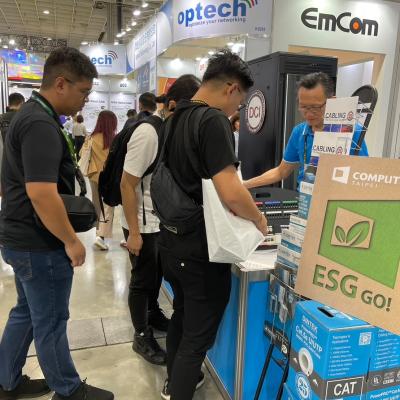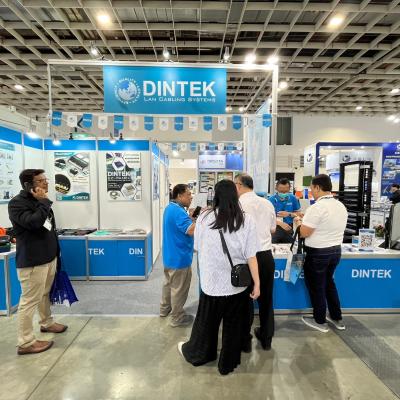The importance of using a boot
for your RJ45 cable
However, booted patch cables are a better choice for applications where the cable will be connected and disconnected frequently, lasting much longer than their non-booted counterparts.
Technically every network cable starts its life as a non-booted cable. The outer jacket of the cable is stripped to the required length, the internal wires cut to the right length, put in the right order, and the connector placed on the end of the prepared cable.
Once the connector is in position, it is fixed on the end by "crimping" the connectors onto the wires and also pushing a plastic bar inside the connector onto the cable jacket that is inside the connector for stability.
The main advantage of using a non-booted cable is its suitability for high-density applications such as patch panels. If you have a 96 port patch panel with 96 patch cables connected to it, things are going to be a bit tight! If you are using molded booted patch cables you may run into a couple of issues.
Whereas for applications where the cable will be connected and disconnected more frequently, as mentioned above, a booted cable offers much better protection for your Ethernet cable, ultimately offering much less interruption for data transfer.

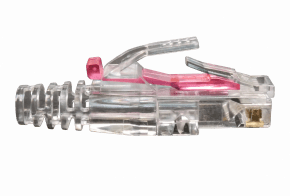
DINTEK'S Multi-Use ezi-BOOT
The DINTEK Multi-Use Boot is specifically made to be used with multiple cable sizes, ranging from 5.5mm to 7mm. As demonstrated in the video above, the boot can be trimmed to suit the different cable sizes by cutting at the various size markings on the rear of the boot. The strain-relief boot is designed to be crimped with a range of RJ45 plugs. Once crimped, the design allows the boot to relax slightly, helping to prevent the cable pairs from being over-compressed. The tab at the top of the strain relief boot is designed to extend over the plug's locking tab, making it snag-proof when administering patch cables.
DINTEK's ezi-BOOT is available in six different colors. Click here for more information.
DINTEK'S RJ45 ezi-LOCKTM Solution
In addition to the ezi-BOOT, DINTEK also offers a locking solution that consists of the strain relief boot and an individual locking pin, which allows the user to decide whether or not to lock the RJ45 plug-in place when fitting off a patch lead. The ezi-LOCK Solution enhances your network security and uptime and prevents accidental disconnection on critical connections.
Compatible with all industry-standard Cat.5e and Cat.6 RJ45 plugs, the ezi-LOCK solution is ideal for use in Data Centers and in Main Server connections. As demonstrated below, the boot is inserted on the cable first, the crimping process secures the boot, and then it is ready for use!
This video demonstrates the use of DINTEK'S multi-use ezi-BOOT (RJ45 Boot) for Cat.5e and Cat.6 cable sheaths.


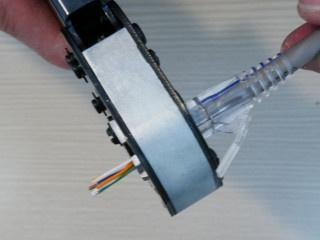
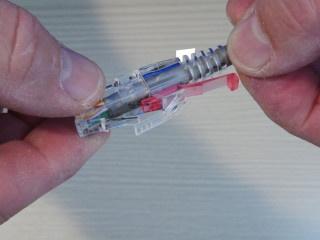
To view our range of strain relief boots for both Cat.5e and Cat.6 cables,
click here or for more information on our full range of products, email




